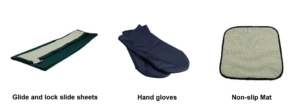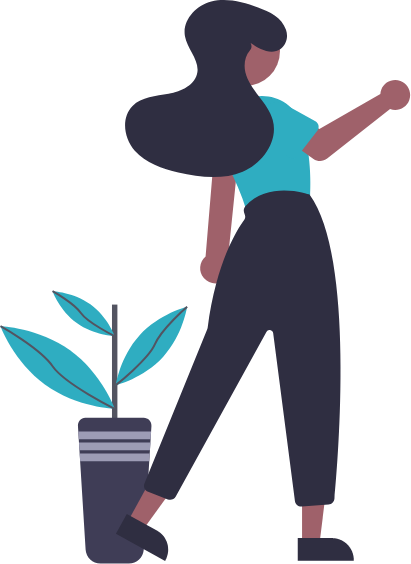


Service user:
Height approx. 5.4” (162cm)
Weight approx. 33 stone (210kg)
Body Shape Apple Pannus/ Pear Abducted
7-8 Stone (44-51 kg) Inoperable Hernia between both legs and attached to Left leg.
Unable to lay flat (Supine).
A joint assessment was completed at the request of the community O.T.
Current situation:
The service user is currently using a riser recliner to assist her to stand, with the assistance of two walking sticks she is then able to walk to her bedroom unaided which is situated next to her lounge.
The riser recliner is currently not working and making it difficult for the service user to stand as before.
The service user then walks to her bed and sits herself down using her right-hand taking hold of a trapeze attached to her bed frame, using her left hand grips her bed sheet and with assistance of one carer roles herself onto the bed laying permanently on her left side.
The bed is a low-level height adjustable community bed the bed must be in its lowest position to enable the service user to keep her feet flat to the floor. The mattress surface is a Softform base, but no safe working load was visible.
The carer physically lifts the 7-8 stone (44-51kg) Inoperable Hernia attached to Left leg in one continuous movement until the service user is fully positioned on the bed surface laying permanently on her left side.
The body dynamics of an Apple Pannus almost touching the floor puts the carer at high risk of serious back injury.
The service user is complaining that the mattress service is too hard and is unable to get a full night’s sleep. In addition, as she must lay on her left side, she is in a lot of pain with Hernia continually resting on her left knee.
Observations:
Having observed all the above it was decided to first obtain an accurate weight as this had not been done for some time.
This was completed and an accurate weight of 27 stone (171kg) was identified, this was good news as the bed the service user was on only had a patient safe working load of 210kg (33 stone). It was decided that the bed did not require changing.
To Consider:
An appropriate chair to ensure the service user can continue to transfer from her chair to bed.
A suitable mattress to support her appropriately.
A system to enable the service user to lift her Hernia as and when required.
A plan of action to reduce the need for the care staff having to lift the Hernia and reduce the risk for any potential injury.
De clutter the environment to enable easier access to the service user.
Fire evacuation and/or transfer to Hospital as when needed.
A plan of action was agreed between the OT Lead, John Humphray, and equipment provider.
Future planning of manual handling needs going forward.
Equipment identified:
A plan was discussed to replace the current mattress system with the air turning system. This would enable the service user to lay supine, provide microclimate management and enable pressure point management to reduce the risk of pressure damage occurring.

Mangar ELK Inflating Floor To Seat Recovery Device – Glebe Healthcare
The dimensions:
Weight :455kg (71st) patient swl (Safe Working Load)
Platform Surface area: 2032mm x 1220mm x 254mm (L x W x H)
Using a Manger Elk lifting cushion placed under the service users’ legs with the intention of the Elk lifting the Hernia level with bed then using a non-slip glide and lock slide sheet to then transfer the service user laterally into the centre of the bed and in a supine position.
A Jacobs ladder was attached to the bed frame to enable the service user to grip this when transferring across on the bed surface.
A non-slip breathable mat was also used resting on top of the Elk for both comfort and reduce any potential friction.
An Octopanus single patient use would then be used to assist the service user to ease the hernia off her left knee as and when needed.
The small wedge was considered to prevent the service user migrating /sliding down the bed however this was not needed.
All the above equipment was ordered, and a date was set for a trial run. Having successfully facilitated the transfer it was agreed that all the equipment needed would be purchased and further training / support would be given.
A new chair had been sourced and was now in place, so the service user was able to get in and out of her chair safely.
A date was set for the transfer and a plan of action. A successful outcome, all concerned were delighted particularly the service user.
Moving Forward:
The house is now decluttered and environmentally safer for all, patio door and a ramp fitted, so the service user can get out in an emergency. There are possibilities for her to receive an electric scooter and enable her to leave the house.
Demonstrating the versatility of “Hospital Directs Octopanus”

John Humphray
Manual Handling Advisor
Plus, size person (Bariatric) Handling Specialist
